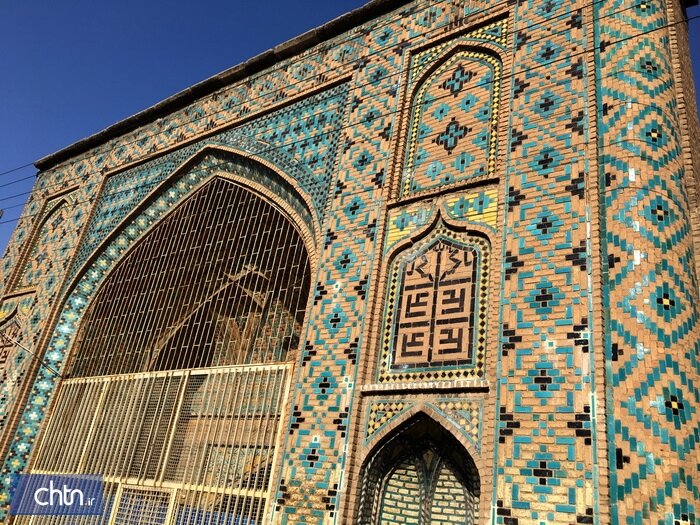Qajar-era cisterns in Qazvin undergo restoration

TEHRAN- Three Qajar-era (1794–1925) cisterns in the northwestern province of Qazvin have undergone some rehabilitation works, CHTN reported.
Some parts of Hakim, Haj Kazem, and Zananeh Bazaar Ab-Anbars (cisterns) were in need of restoration, and some rehabilitation works were done on them by the cultural heritage experts and restorers, provincial tourism chief Ehsan Nourani said on Monday.
The restoration projects involved repairing arches, rooftops, façades, tiling as well as replacing some worn-out materials, the official added.
Hakim cistern, which was built in 1829, was inscribed on the National Heritage list in 1976. The cistern goes down 36 steps, the capacity of its tank is about 900 cubic meters and its tiling is notable.
Haj Kazem cistern was built in 1841. It has two badgirs (windcatchers) and two marble inscriptions in Nastaliq. The cistern was registered on the National Heritage list in 1972.
Located next to Masjed al-Nabi Mosque and with five badgirs and 10 domes, Zananeh Bazaar cistern was added to the National Heritage list in 1999.
The term Ab-Anbar is common throughout Iran as a designation for roofed underground water cisterns. It associates with water management systems in arid areas that are reliant on permanent springs or on seasonal rainwater.
Such underground reservoirs or Ab-Anbars are parts of the iconic qanat systems, which rely on snow-fed streams flowing down from surrounding mountains.
Qanats, according to UNESCO, provide exceptional testimony to cultural traditions and civilizations in desert areas with an arid climate.
Qazvin was once capital the mighty Persian Empire, under Safavids, from 1548 to 98. It is a major tourist destination with a wonderfully restored caravanserai-turned-arts precinct, some quirky museums, and a handful of decent eating options. For most travelers, Qazvin is also primarily the staging point for excursions to the famous Castles of the Assassins and trekking in the sensational Alamut Valley.
Also known as the castle of the Assassins, the 12th-century Alamut castle is nestled on top of a peak. It was once a shelter for the followers of Hasan-e Sabbah (1070–1124) who was a spiritual leader of an Islamic sect. In the early 1930s, British-Italian explorer and travel writer Freya Stark described her exploration of the place in her book “The Valleys of the Assassins”.
Qazvin is also home to one of the biggest roofed caravanserais of the country, Sa’d-al Saltaneh caravanserai. Dating back to the Qajar era, it’s a place for discovering tens of Hojreh or shops, cafes, yards, and a stunning mosque. It’s a place for visitors who want to experience the culture, culinary, and hospitality of Iran.
ABU/MG
Leave a Comment